Originally published in May 2021
Every year, at least one team in the NHL gets fleeced in a trade. A bad decision is made and it comes back to haunt them in the form of a former player doing well on their new team. The Edmonton Oilers have been on the losing side of an unusual amount of deals in the past. Craig MacTavish and Peter Chiarelli have made many bad calls in the past where they either overreacted to a player having a down season or made a risky prediction on how well their incoming player would fit with their team.
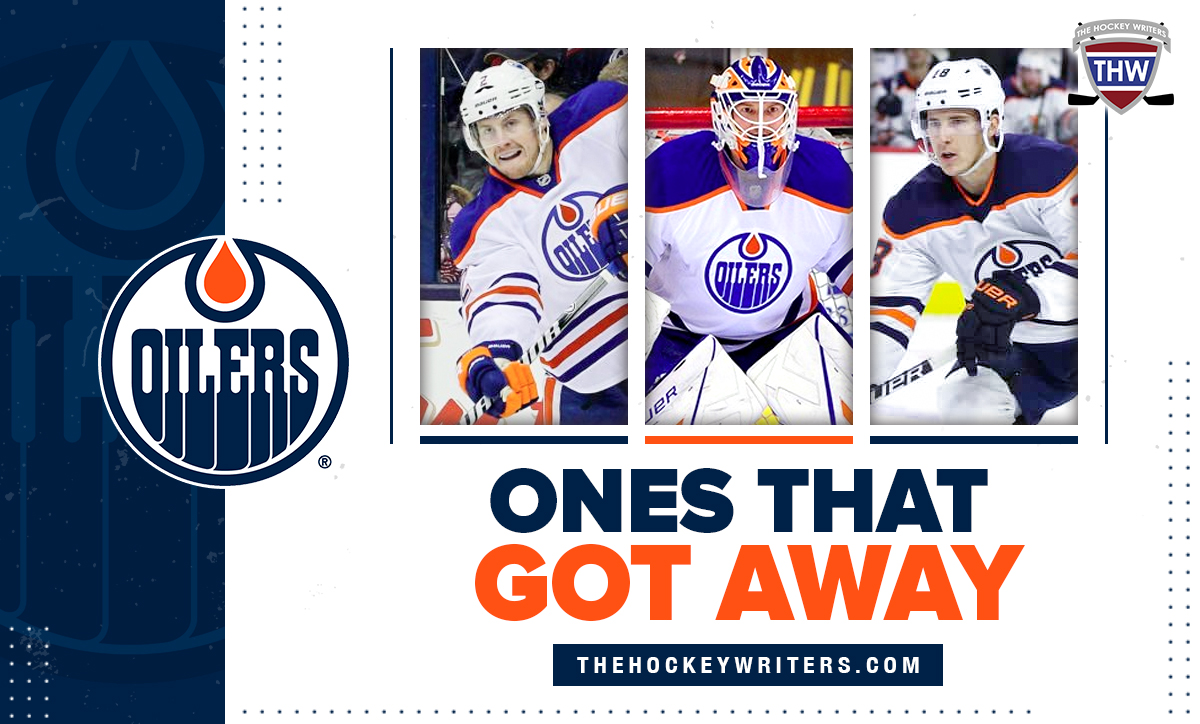
Making one bad trade isn’t detrimental to a team’s future, but many in short succession can be, as evidenced by the Oilers’ 10-year playoff drought. Let’s look back at some of the players that have been traded away by the Oilers, only to have great careers with their new team.
Jeff Petry
Seven years ago, on trade deadline day, the Oilers completed a trade with the Montreal Canadians, sending 26-year-old defenseman Jeff Petry to Quebec in exchange for a second and fourth-round pick. At the time, Petry was thought to be a solid, reliable second pairing defenceman who could skate fairly well and bring a physical element when needed. With the Oilers clearly out of a playoff spot and Petry being on an expiring contract, Oilers general manager Craig McTavish wanted to trade the young rearguard before he had the chance to leave the team in free agency.
In 2014, Petry immediately stepped into a top-four role with the Habs, thriving while playing under coach Michel Therrien. Petry and former Canadian P.K. Subban created a stellar right side of the defense, one defenseman providing offense and the other providing safe, reliable minutes. Over the next three years, Petry was transitioned to a shutdown role when offensive defensemen and Shea Weber was added to the team. In the 2018-2019 season, at age 30, Petry broke out for a 42 point season after being given an opportunity on the power play. That season kickstarted a three-year run where he accumulated double-digit goals and scored at least 40 points every season.
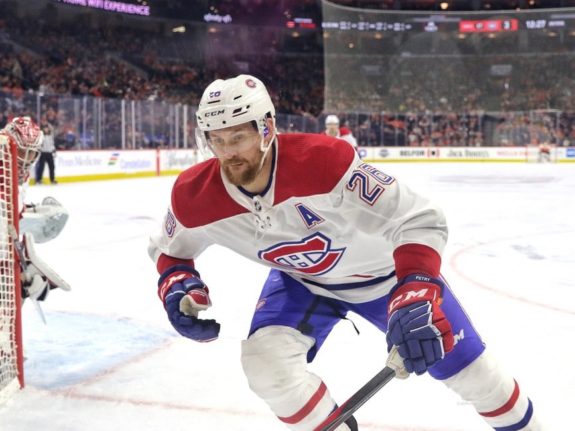
This season, the 6-foot-3 defenseman took his game to a new level, averaging over 22 minutes a game while elevating his offensive game under rookie head coach Dominique Ducharme. Petry scored 40 points in 51 games after going on point-producing streaks of 13 points in 10 games to start the season and 11 points in 11 games midway through the campaign. Petry has propelled the Canadians into a playoff spot with 6 games remaining while also vaulting himself into the Norris Trophy conversation.
From the Oilers’ point of view, this trade may not be as bad as some people think. Firstly, in 2017 the Oilers traded the second-round pick they acquired and a third and fourth-round pick for 28-year-old goaltender Cam Talbot from the New York Rangers. Talbot came into Edmonton with high expectations to be the starting goaltender and surpassed those expectations by having a 2.55 goals-against average (GAA) and a .917 save percentage (SV%) in his first year and having similar numbers the next year while leading Edmonton to the playoffs by starting an astonishing 73 games.
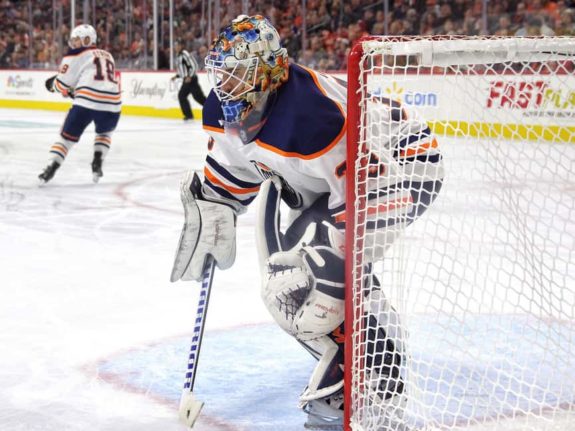
With the fourth-round pick, the Orange and Blue acquired selected defenseman Caleb Jones in the 2015 NHL draft. Jones has been a pleasant surprise for the Oilers, blossoming into a mobile offensive threat after marinating in the WHL and AHL for five years. After a breakout season in 2019-20, Jones has taken a step back this year, spending much of the season in Dave Tippett’s doghouse for some questionable defensive plays. Although there have been concerns about his past year, Jones is still young (23) and has shown flashes of brilliance throughout his career.
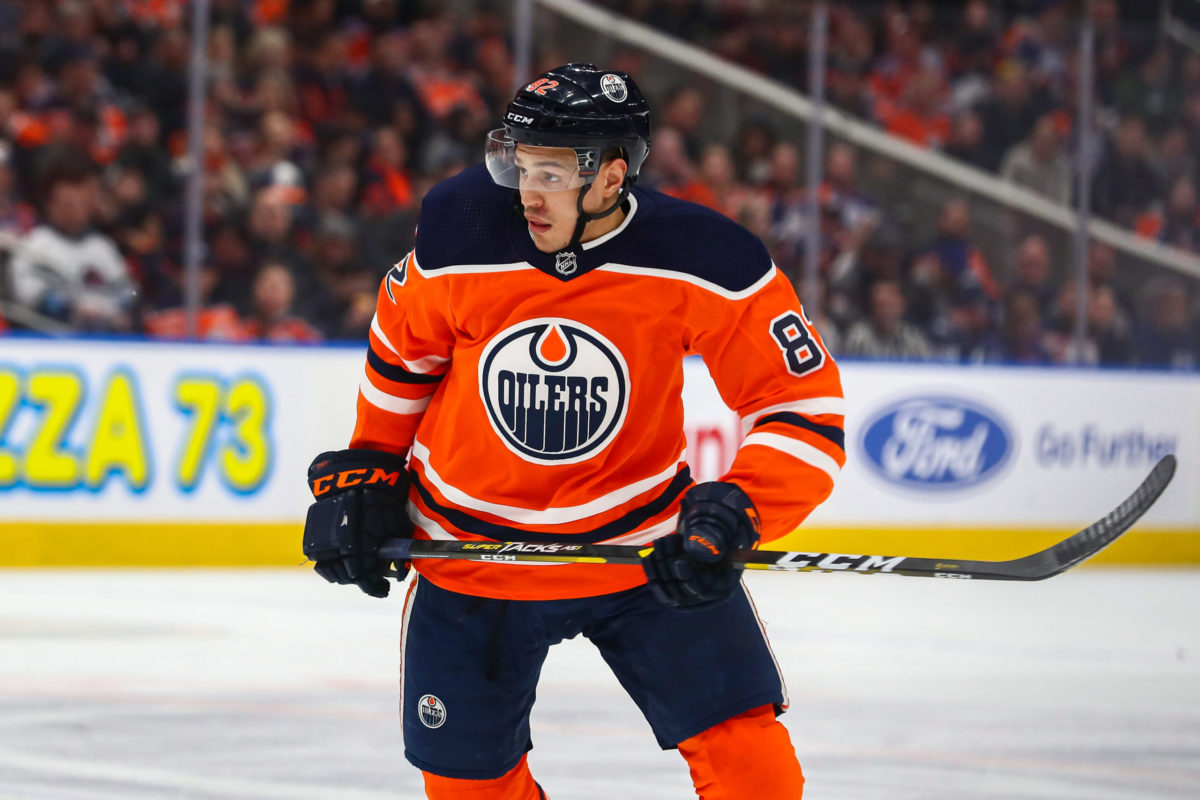
Overall, this deal may not have been half bad for the Oilers for three reasons.
1: They got a bonafide number one goaltender who led them to their first playoff appearance in 10 years.
2: They drafted Jones, who could evolve into a top-four defenseman similar to Jeff Petry.
3: Although the Oilers could’ve used Petry’s services, especially the past four years, he is on a lengthy contract that ends when he is 37 while playing him $6.25 million per year. The Oilers can’t afford to be burdened once again by dubious contracts with young players such as Evan Bouchard, Kailer Yamamoto, Philip Broberg and Dylan Holloway, all requiring a projected salary raise in the coming years. It’s best if the Oilers saved their money for these up-and-coming prospects instead of getting into salary cap troubles.
Ryan Strome
Next up is New York Rangers center Ryan Strome, a classic case of management having too high expectations for a player, then trading him as quickly as possible. Strome came to Edmonton in exchange for longtime Oiler Jordan Eberle. Eberle was coming off an off-year, and the Oilers needed to create cap space to sign McDavid, Draisaitl and Kris Russell, and Eberle was the odd man out. After a decent debut season in an Orange and Blue sweater (34 points in 82 games), Strome got off to a disastrous start to kick off his 2018-2019 campaign, posting only two points in 18 games. That was enough to convince a desperate Peter Chiarelli to trade him to the Rangers in exchange for Ryan Spooner, who was subsequently swapped for former Oiler Sam Ganger.
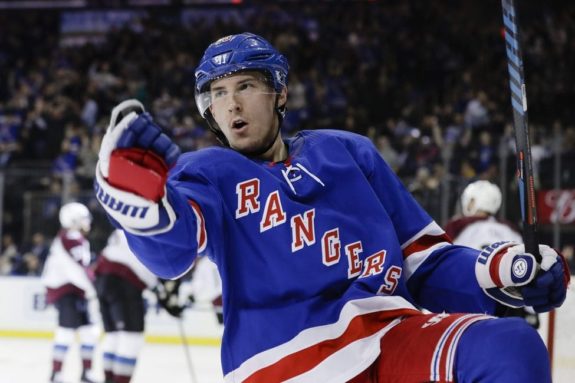
Strome proceeded to have his best numbers in New York, scoring 136 points in 175 games over the next three seasons. Even though he was playing with superstar Artemi Panarin, Strome has shown that he has the skills to keep up with the Russian forward, and at times, center his own line and still produce. The Oilers certainly could’ve used his depth scoring to play on their top nine, especially with Strome being on a very manageable contract ($3.1 million in 2019, $4.5 million from 2020-2022).
David Perron and Mathew Barzal
In the summer of 2013, Oilers General manager Craig McTavish finalized a trade that would allow the Oilers to acquire winger David Perron from the St. Louis Blues. This was one of the very few good trades McTavish made during his Oilers tenure as Perron went on to play two seasons in Edmonton, producing 76 points in 118 games on a rebuilding Oiler squad. Midway through the 2014-2015 NHL season, Perron was traded to the Pittsburgh Penguins in exchange for a first-round pick and grinder Rob Klinkhammer. Perron struggled in Pittsburgh and eventually slid down the depth chart.
He was eventually traded to Anaheim after one and a half years in the Steel City. Perron had a couple of satisfactory seasons with the Ducks and then returned to the Blues. The French-Canadian forward was claimed by the Golden Knights in the 2017 expansion draft, and that seemed to jumpstart his mediocre play, as he went on to have four straight seasons of .80 PPG or better between the Golden Knights and the Blues.
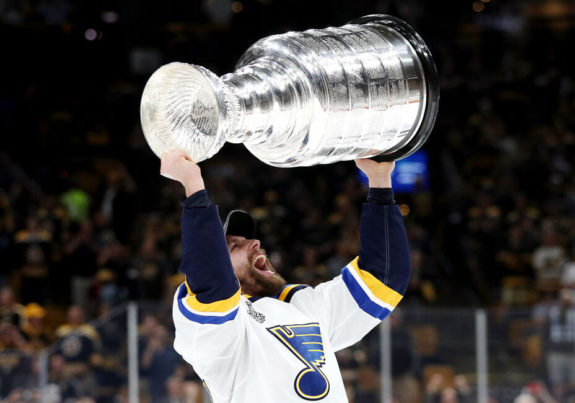
Perron has seemed to get better with age, and the Oilers definitely should have held onto him for his consistent scoring and veteran leadership. Although the current Oilers’ top six is good, it would have been amazing if they kept Perron, who won his first Stanley Cup as a member of the Blues in 2018-19.
What’s frustrating about this deal is that the Oilers could’ve justified trading Perron by using their first-round pick from the Penguins to draft a young talent. Chiarelli decided to try and make a splash at the 2015 NHL draft. First, he drafted Connor McDavid and then traded the first-round pick (16th overall) and a second-round selection to the New York Islanders in exchange for fading defenseman Griffin Reinhart. With the 16th overall pick, the Islanders selected Mathew Barzal, who won the Calder Trophy in 2018 and is currently the number one center at Long Island.
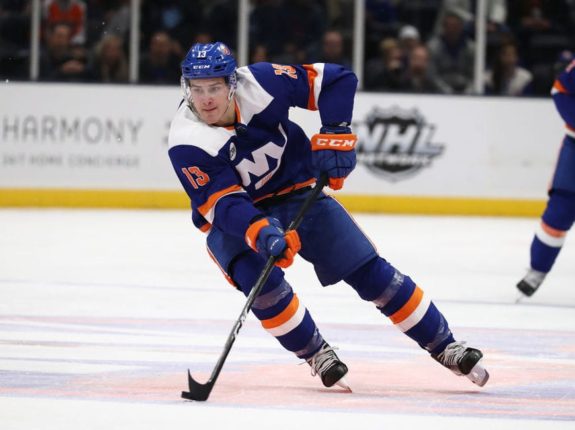
Although the Oilers were rumored to not wanting to draft Barzal before the trade, it was thought that they were going to draft a forward such as Kyle Connor or Joel Eriksson Ek, or even a franchise goaltender by the name of Ilya Samsonov. There is no way the Oilers should have even thought of making this deal for Reinhart with the 2015 draft being as deep as it was.
Devan Dubnyk
The last person on my list is Colorado Avalanche goaltender Devan Dubnyk who was drafted by the Oilers 14th overall in the 2004 NHL draft. Although the Oilers had to wait for a while (five years) while Dubnyk developed in the WHL and AHL, he finally made his NHL debut. After spending a year as the backup goaltender, Dubnyk got the reins to the net and was the starting goaltender for the next four seasons. He posted fantastic numbers in three straight seasons, with a .914 SV% or higher and a GAA average of 2.71 or lower. Very impressive stats because he was playing on a few terrible Oilers squads.
You may also like:
- Oilers’ Skinner in Line for Vezina Trophy Winning Season
- Oilers: 8 GMs Who Would’ve Been Better Hires Than Stan Bowman
- NHL Rumors: Oilers, Maple Leafs, Capitals, Kuznetsov News
- Edmonton Oilers’ Point Projections for 2024-25
- Edmonton Oilers Name Stan Bowman General Manager
It was evident that the Oilers had their long-awaited goalie of the future to go along with their collection of high draft picks. Unfortunately, Dubnyk had an off-year with Edmonton in 2013-2014, expectations were high for the Oilers that year, and when they were out of the playoff race by Christmas, fans started calling for a trade. General manager Craig McTavish succumbed to the pressure and ended up sending Dubnyk to the Nashville Predators in exchange for grinder Matt Hendricks.
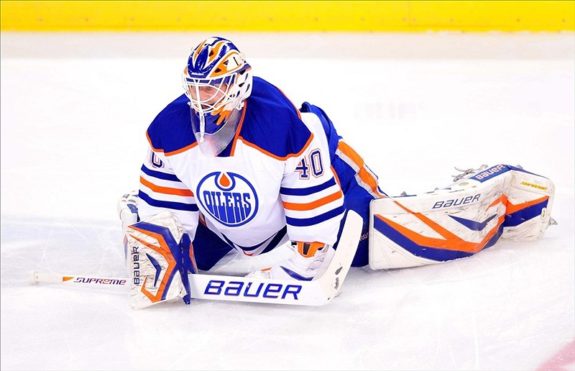
After hoping between four teams in one year, Dubnyk found his game in Minnesota, where in his first season with the Wild, he was a finalist for the Vezina Trophy. From then on, Dubnyk kept up the solid play for five straight seasons, posting similar numbers to what he did in Edmonton while winning the Bill Masterton Trophy in 2015. Dubnyk had shown he had the skills to be a starting goaltender, so why give him up so easily? The Oilers indeed could’ve used some stability in net, and trading him for Hendricks was not the answer, even if they did not see him as their starting goaltender.
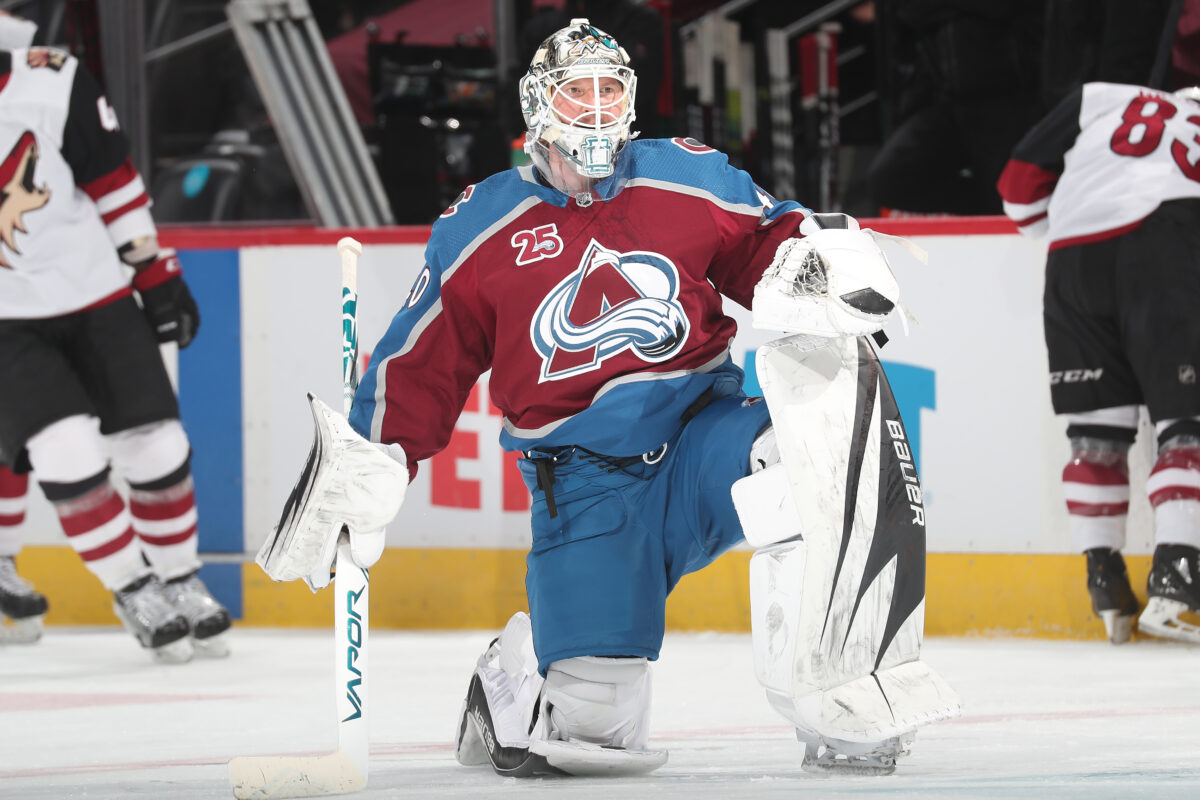
It’s fascinating and disappointing to examine what the Oilers could’ve had if they had kept these players. What’s amazing is that the list doesn’t stop there as other players like Taylor Hall, Drake Caggiula, and Justin Schultz all have been traded and have done well on their new teams. It’s ok for a team to make a bad trade or two, but the amount of atrocious transactions the Oilers have made is ridiculous. Fortunately, it seems like the Oilers have now emerged from all those bad trades back into a competitive team. With the Dynamic Duo leading the way, Ken Holland now needs to find the right pieces to support his superstars to win the Stanley Cup.
